UPS, USPS, FedEx integration with Odoo (previously known as OpenERP) Steps :
The following steps explains how shipping module works with Odoo v6.0.1
Step 1 – Configuration:
All configuration setting can be done from Warehouse Management -> Configuration -> Shipping Service Management.
Feed in the data which you get from the respective site after creating a developer’s account.
UPS
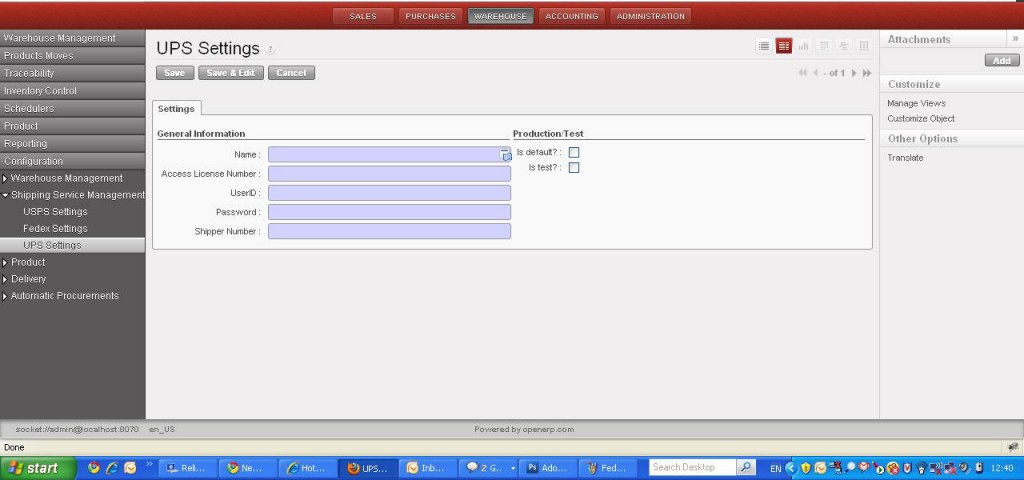
USPS
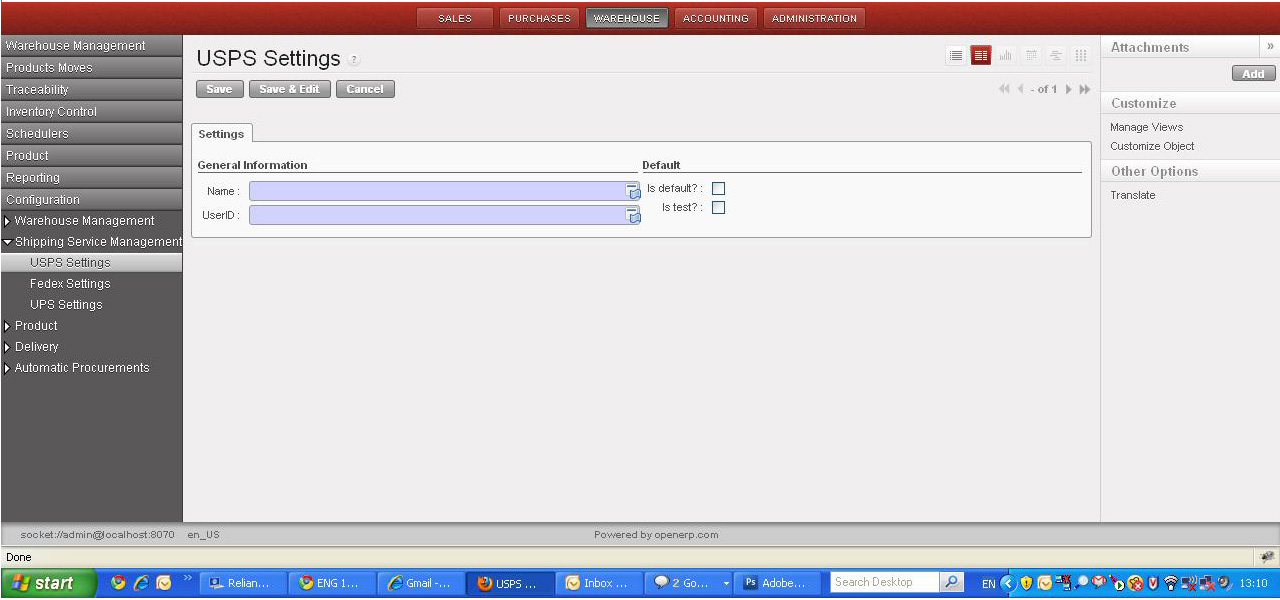
FedEx
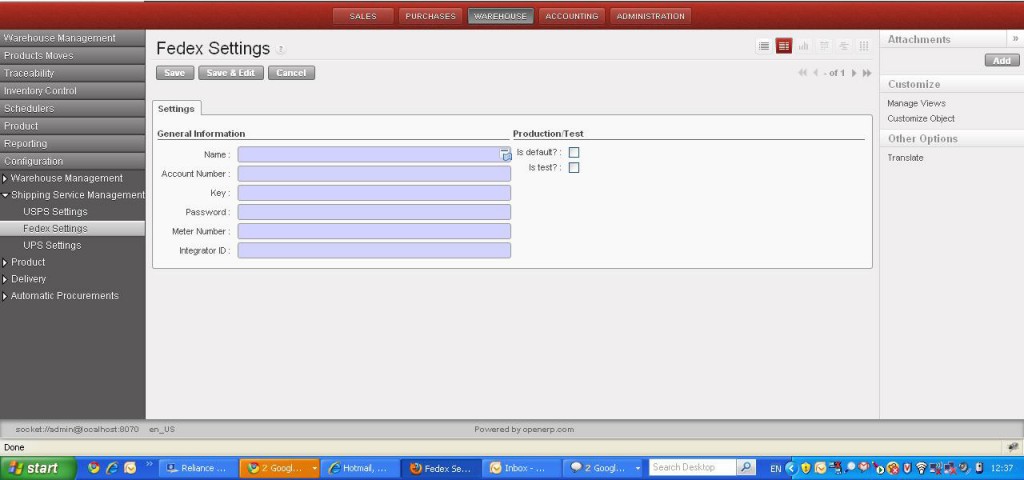
Step 2 – Shipping Address Checking:
When a sales order is created, the shipping address is validated. If not valid, then Invalid Address checkbox is checked.

With this checkbox, we can create a new filter, notify the manager, put up a notification on dashboard or send an email to concerned user.
Step 3 – Shipping Information:
In Delievery Order, new tab is added called as “Shipping Info” which keep track of shipping services.

In this tab, user can select the service whose quotes is required – UPS, FedEx, USPS or All. Also, the net weight is considered which comes from the Products page. If the weight is not specified in the master or it is incorrect, then the user can enter the weight in Package Weight field.
Step 4 – Generating Quotes :
The available options are as follows –
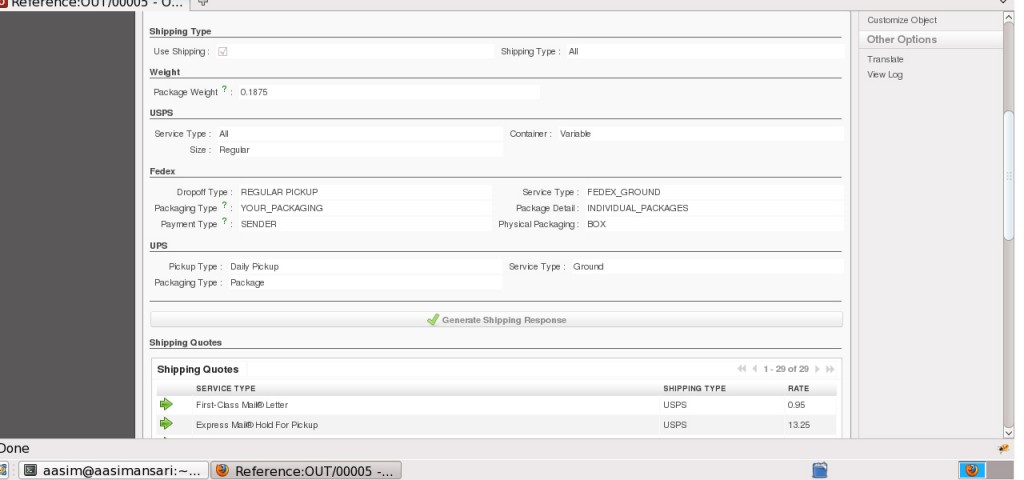
Once the user has selected the service to go for and all its associated parameters, he can click on “Generate Quotes”, to get the quotes

Step 5 – Getting Tracking Number :
The user then has to select the service with which the package will be shipped by clicking on Accept button. Once the button is clicked, Tracking Number is updated on Delivery Order and Sale Order.
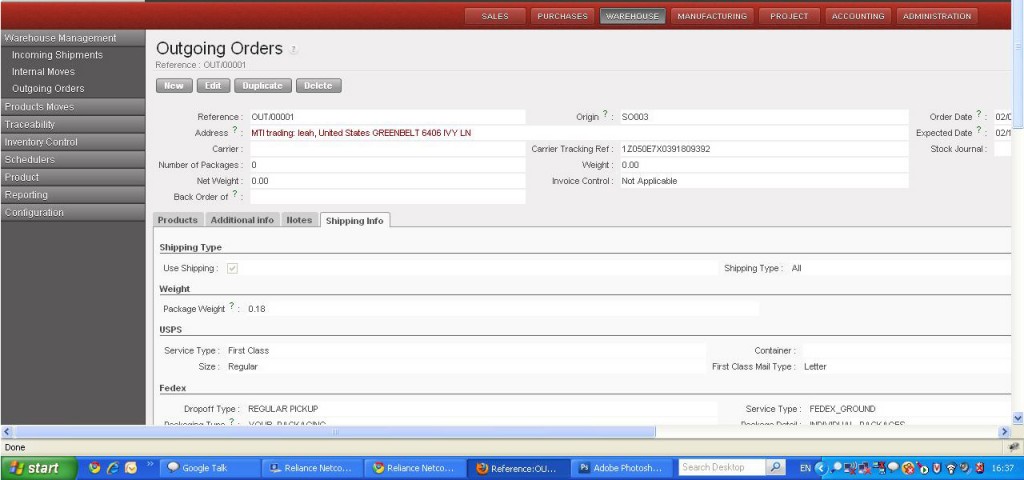
Step 6 – Label :
On clicking Accept button, you also get the label in 2 places – (i) As an attachment; (ii) The quotes table gets replaced by field with widget=image which contains the label
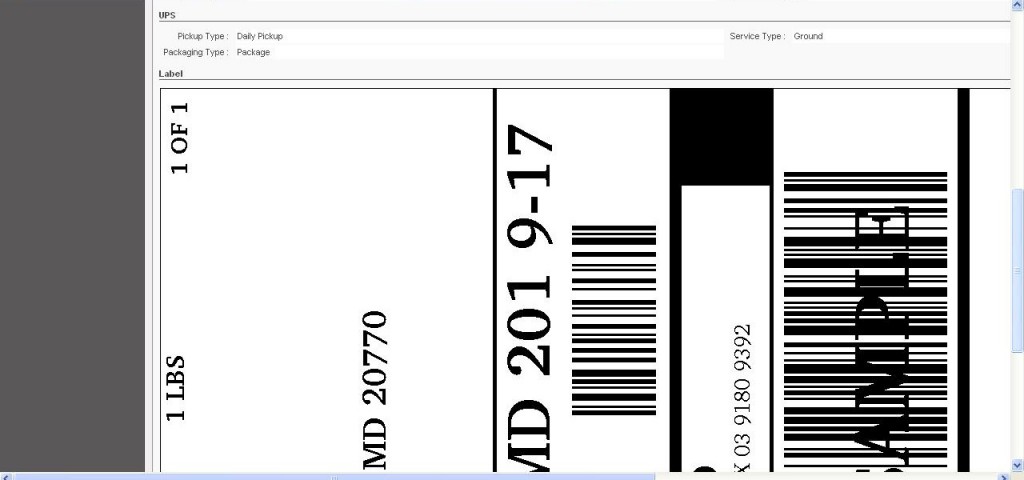
Contributed by
Aasim Ansari, Project Lead, Bista Solutions
www.bistasolutions.com | sales@bistasolutions.com










